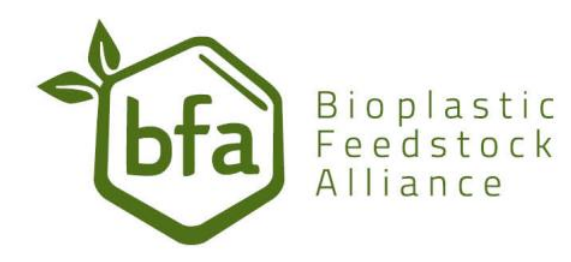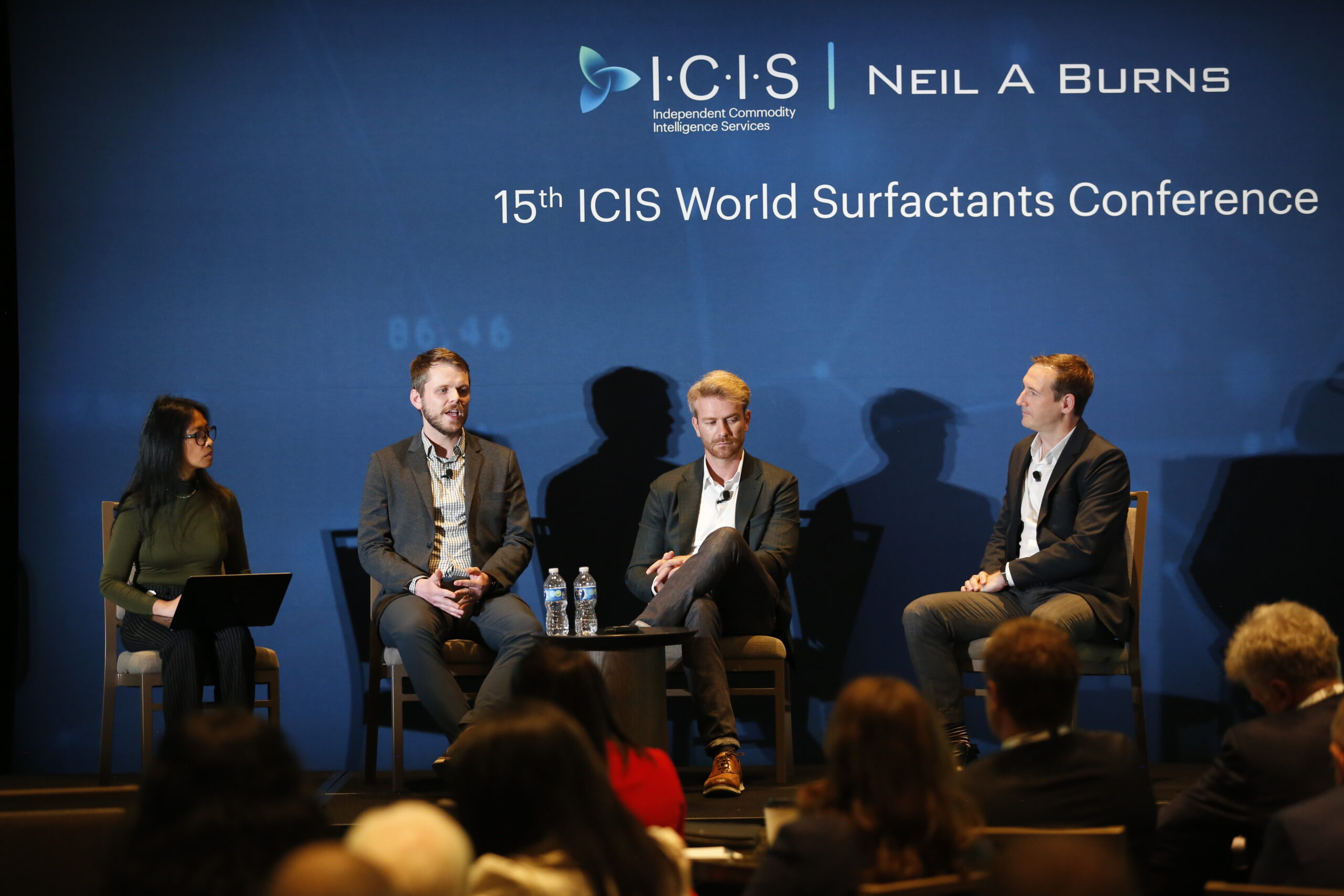Brand companies such as the Coca-Cola Company, Danone, Ford, Heinz, Nestle, Nike, Procter & Gamble and Unilever have joined the World Wildlife Fund to launch the Bioplastic Feedstock Alliance (BFA). Many of these companies, by the way, are here at Ecochem conference talking about their experience in the bioplastic area. I have already heard presentations from Nestle, Nike and Coca-Cola. I have yet to hear from Procter & Gamble.
According to the press release announced yesterday, the primary focus of BFA is to guide the responsible selection and harvesting of feedstocks such as sugarcane, corn, bulrush (? I am not familiar with this one), and switchgrass that are used to make plastics. BFA intends to bring together leading experts across various industries and organizations to help guide the evaluation and sustainable development of bioplastic feedstocks.
The Alliance’s eight founding companies, along with the WWF, are supported by academic experts, supply chain partners, suppliers, and technology development companies.
Nestle said it is particularly interested in second generation bioplastics such as those made from byproducts of forestry, agriculture or in the food chain such as molasses or cane residue, as well as non-food sources such as algae, cellulose and waste products.
“Joining the alliance means we will be able to help build a more sustainable future for the bioplastics industry whilst addressing issues such as land use, food security and biodiversity,” said Nestlé’s Global Research and Development Sustainability Manager, Anne Roulin.
Nestle is already using bioplastics such as PLA (in Purina One pet food packaging), bio-PE (in beverage caps) and bio-PET (in Vittel bottled water). At the Ecochem conference, Nestle’s packaging environmental sustainability expert Lars Lundquist noted the difficulty of using compostable/biodegradable plastics in some of its packaging requirements, and found more favor in bio-based materials such as bio-PE and bio-PET especially in food and beverage products.
Nestle noted at the conference the use of their LCA (life cycle assessment)-based approach in determining the right bioplastics focusing on its capacity to protect products and prevent food waste in order to contribute improved environmental performance of their packed food and beverage products. Also check out some of my tweets (#Ecochem) covering Nestle’s presentation.
By the way, here is a June 2011 video from FoodProductionDaily.Com as Nestle’s Anne Roulin talked about the company’s reasoning why they want to use bioplastics.
Another afterthought, I remembered from a post last year that most of these brand companies such as Coca-Cola, Ford, Heinz, Nike and P&G, have also formed a bio-PET collaboration in order to accelerate the development and use of 100% plant-based PET plastic materials and fibers in their products.
Just last week, Ford and Coca-Cola announced the use of PlantBottle-based PET fabric for seat cushions, seat backs, head restraints, door panel inserts, and headliners in Ford’s Fusion Energi research vehicle that will be on display later this month at the Los Angeles Auto Show.






2 responses to “Brand companies in bioplastic feedstock alliance”
Thanks for sharing lots of importants of Bioplastic Feedstock Alliance. Nice Article..
There a lot of things that sound good in that short video, but everything Roulin said still only boils down to “We’re *working* on the issues,” rather than “We are implementing effective solutions now across the board.” This is like a chronic procrastinator explaining off his professor by saying, “Don’t worry, I work on my senior thesis project everyday, and it’s at the top of my priority list.” It makes us, the gullible public, believe that solutions have been found and that we no longer have to feel guilty about buying plastics from large corporate brands. Be scrutinizing, folks! Don’t take this simple small talk as assurance that the big companies are all of sudden having a change of heart. Demand integrity and an exceptional standard before giving your small pocket change to them.
***Also, I’m curious why we are hearing about issues of sustainability and resources from the person in charge of Labeling and Design. Anyone can memorize a list of descriptions and facts.